tl;dr
ChronoUnit.YEARS.between(
LocalDate.of( 2010 , 1 , 1 ) ,
LocalDate.now( ZoneId.of( "America/Montreal" ) )
)
Test for zero years elapsed, and one year elapsed.
ChronoUnit.YEARS.between(
LocalDate.of( 2010 , 1 , 1 ) ,
LocalDate.of( 2010 , 6 , 1 )
)
0
ChronoUnit.YEARS.between(
LocalDate.of( 2010 , 1 , 1 ) ,
LocalDate.of( 2011 , 1 , 1 )
)
1
See this code run at Ideone.com.
java.time
The old date-time classes really are bad, so bad that both Sun & Oracle agreed to supplant them with the java.time classes. If you do any significant work at all with date-time values, adding a library to your project is worthwhile. The Joda-Time library was highly successful and recommended, but is now in maintenance mode. The team advises migration to the java.time classes.
Much of the java.time functionality is back-ported to Java 6 & 7 in ThreeTen-Backport and further adapted to Android in ThreeTenABP (see How to use…).
LocalDate start = LocalDate.of( 2010 , 1 , 1 ) ;
LocalDate stop = LocalDate.now( ZoneId.of( "America/Montreal" ) );
long years = java.time.temporal.ChronoUnit.YEARS.between( start , stop );
Dump to console.
System.out.println( "start: " + start + " | stop: " + stop + " | years: " + years ) ;
start: 2010-01-01 | stop: 2016-09-06 | years: 6

About java.time
The java.time framework is built into Java 8 and later. These classes supplant the troublesome old legacy date-time classes such as java.util.Date, Calendar, & SimpleDateFormat.
The Joda-Time project, now in maintenance mode, advises migration to the java.time classes.
To learn more, see the Oracle Tutorial. And search Stack Overflow for many examples and explanations. Specification is JSR 310.
You may exchange java.time objects directly with your database. Use a JDBC driver compliant with JDBC 4.2 or later. No need for strings, no need for java.sql.* classes.
Where to obtain the java.time classes?


